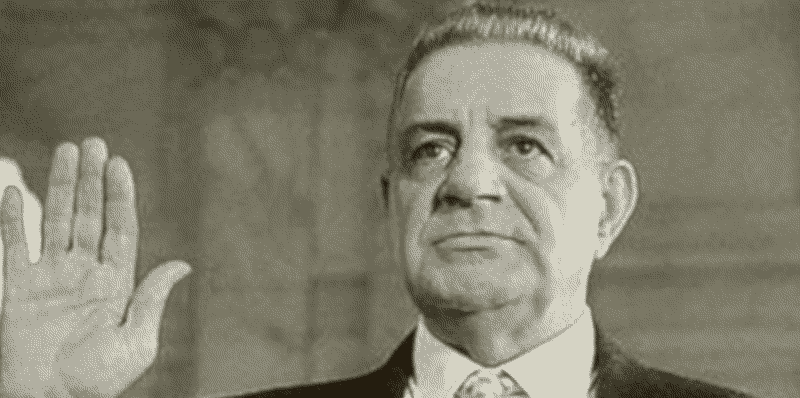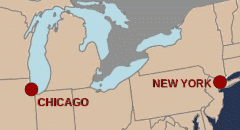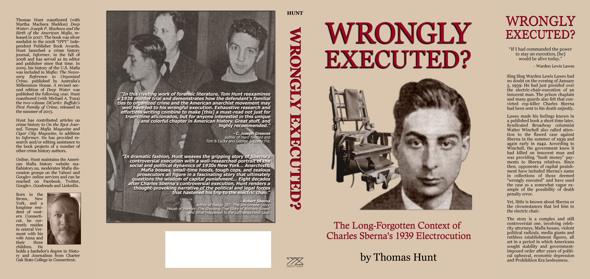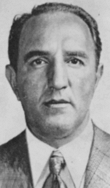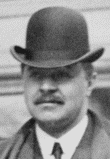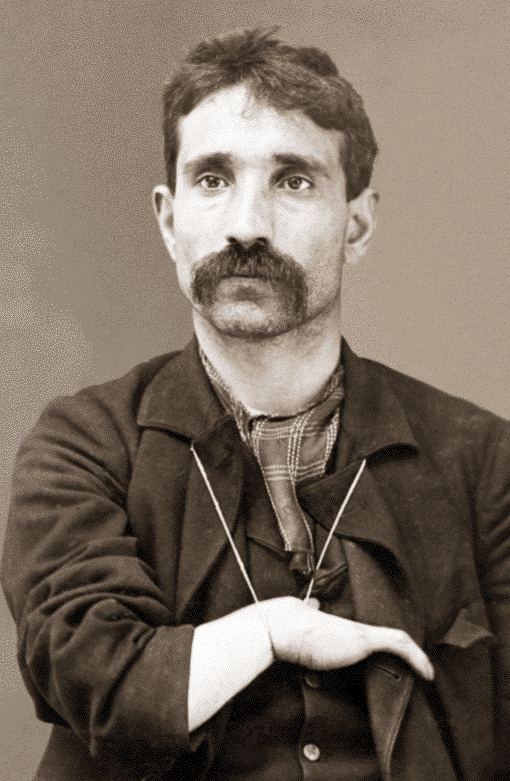The unpublished autobiography of turncoat New York Mafioso Joseph Valachi is an important primary source of information on American Mafia history. The document, which runs 1,201 pages, was written by Valachi while in federal custody in 1964. Used as source material for The Valachi Papers by Peter Maas, Valachi’s document has been available to the public through the John F. Kennedy Presidential Library in Boston since the end of 1980. It is now presented online for the first time.
Our effort to provide the document to web visitors began some years ago with a selection of several hundred pages. Most of the document was photographed at the JFK library in the summer of 2019, and we stepped up the web publication of the document at that time. (Project progress was tracked through this Blog post.) We also won access to related National Archives documents at about that time and added those to our online collection.
Images of some missing pages were acquired through the assistance of researcher Richard N. Warner in the fall of 2020. Creation of the web-formatted document was completed on November 11, 2020.
Our work on the project continues: We intend to complete an online index of the document, to add explanatory footnotes and to closely proofread and correct the web document.
Our Valachi material is separated into a number of web pages:
- A Contents page includes an introduction, a partial index, links to the four online sections of the Valachi autobiography, links to individual pages in the work and a link to the papers included in the National Archives Deed of Gift and Donor File. [LINK]
- Part 1 of the autobiography, which includes 313 pages (due to reuse of some numbers, the pages are numbered 1 through 299). In this section, Valachi discussed his home life, friendships, burglary career, time in prison and early associations with Mafia organizations in East Harlem and the Bronx. [LINK]
- Part 2 of the autobiography, which includes 307 pages (due to reuse of some numbers, the pages are numbered 300 through 599). In this section, Valachi discussed the Castellammarese War, Salvatore Maranzano, the post-Maranzano Mafia in New York and his experiences in horseracing and the WWII black market. [LINK]
- Part 3 of the autobiography, which includes 300 pages. In this section, Valachi discussed more about horseracing, narcotics and counterfeiting rackets and the assassination of Guarino “Willie Moore” Moretti. [LINK]
- Part 4 of the autobiography, which includes 281 pages. In this section, Valachi discussed the assassination of Albert Anastasia, the Apalachin convention, his own narcotics convictions and the events that led him to provide information to the FBI. [LINK]
- Deed of Gift & Donor File page shares the text of the documents involved in author Peter Maas’s donation of Valachi’s memoirs to the JFK Library. [LINK]

